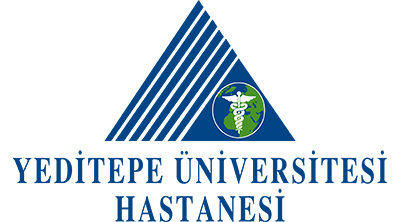Coronary Artery Bypass(On Beating Heart)
Coronary Artery Bypass Surgery on a Beating Heart, also known as Off-Pump Coronary Artery Bypass (OPCAB) or Beating Heart Bypass Surgery, is an innovative approach to treat coronary artery disease (CAD) without the need to stop the heart and use a heart-lung machine. This technique allows surgeons to perform bypass surgery on the heart while it is still beating. Here’s an overview of this advanced surgical method:
Procedure Overview
- Off-pump coronary artery bypass surgery is conducted in an operating room with the patient under general anesthesia. While the patient is asleep, the heart continues to beat throughout the procedure.
- Instead of stopping the heart and connecting the patient to a heart-lung machine, the surgeon employs specialized tools and techniques to stabilize a small area of the heart where the bypass graft is needed.
- A small device, known as a heart stabilizer or positioning system, is used to immobilize the portion of the heart that requires intervention.
- The surgeon then creates a bypass using a healthy blood vessel (autograft) or a synthetic conduit, skillfully attaching it to the coronary artery beyond the blockage.
- Blood flow is temporarily rerouted through the bypass graft, allowing the surgeon to perform the necessary procedure while the rest of the heart continues to beat.
- After the graft is completed, the heart stabilizer is removed, and normal blood flow is restored through the newly created bypass.
Advantages
- One of the primary benefits of off-pump coronary artery bypass surgery is that it avoids the need to stop the heart, reducing the potential risks associated with heart-lung machine usage.
- This technique is particularly beneficial for certain high-risk patients, including those with complex medical conditions.
- Recovery times may be shorter, and some patients experience less postoperative discomfort compared to traditional on-pump CABG.
Recovery and Follow-Up
- Recovery following off-pump coronary artery bypass surgery is generally similar to that of traditional bypass surgery, although some patients may experience a quicker return to normal activities.
- Lifelong follow-up with a cardiologist is essential to monitor the graft’s performance, overall heart health, and risk factor management.
Off-pump coronary artery bypass surgery represents a valuable advancement in cardiac surgery, offering a more tailored approach for patients with CAD. It may be recommended based on individual patient characteristics, the extent and location of blockages, and the surgeon’s expertise. The decision between on-pump and off-pump CABG is made following a comprehensive evaluation by a healthcare team.





























